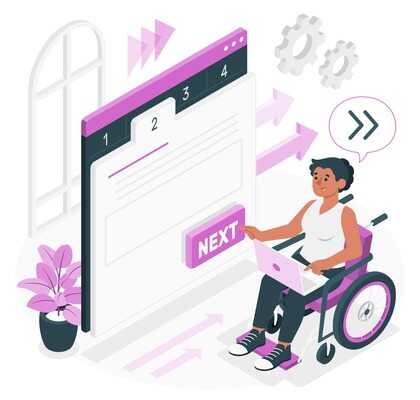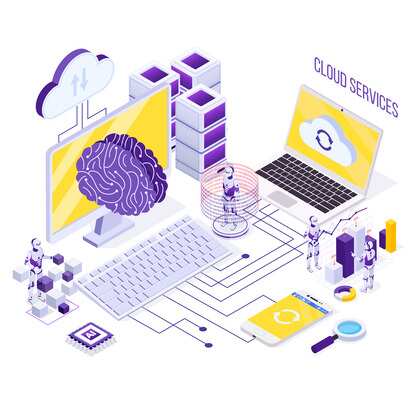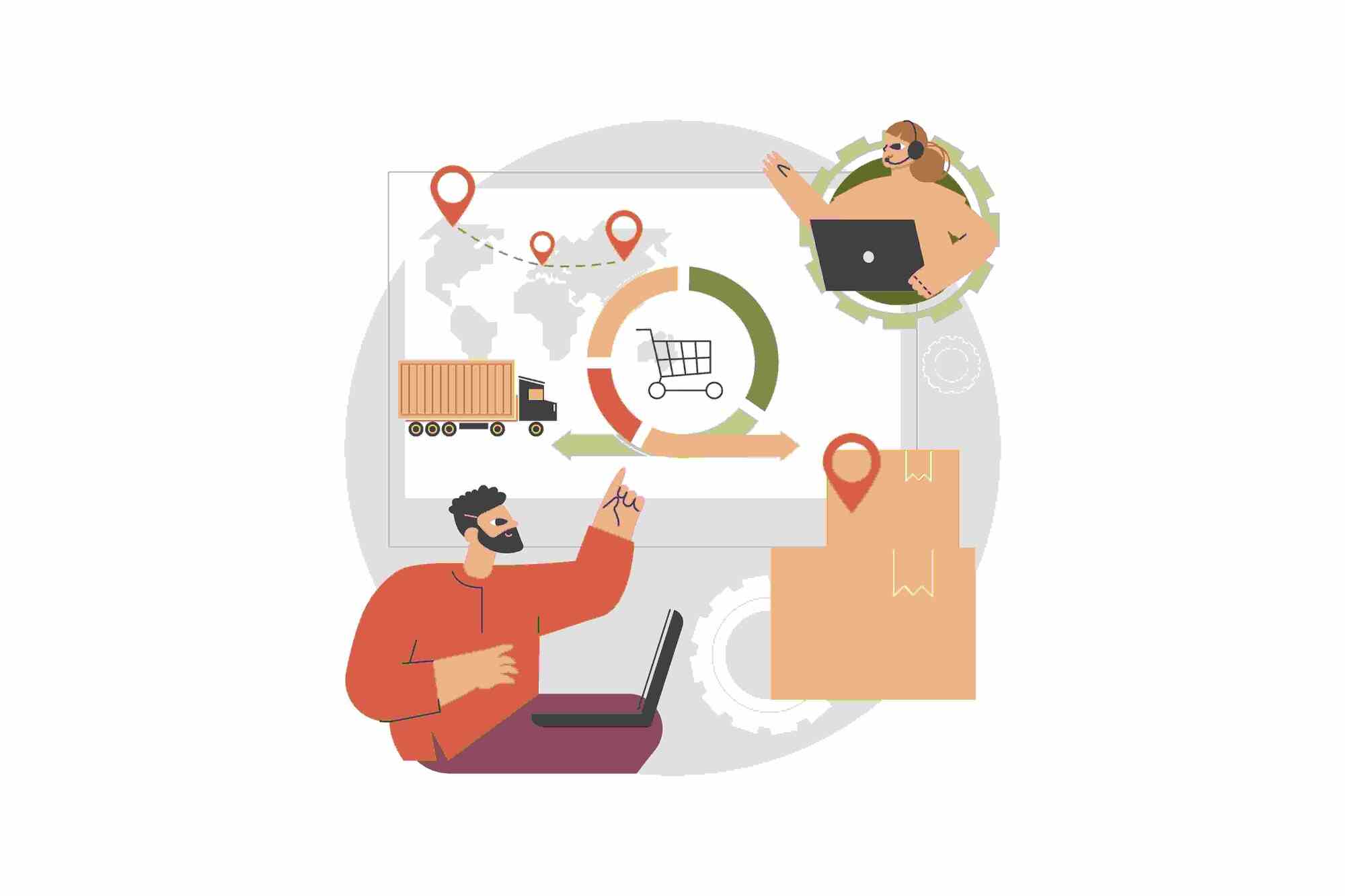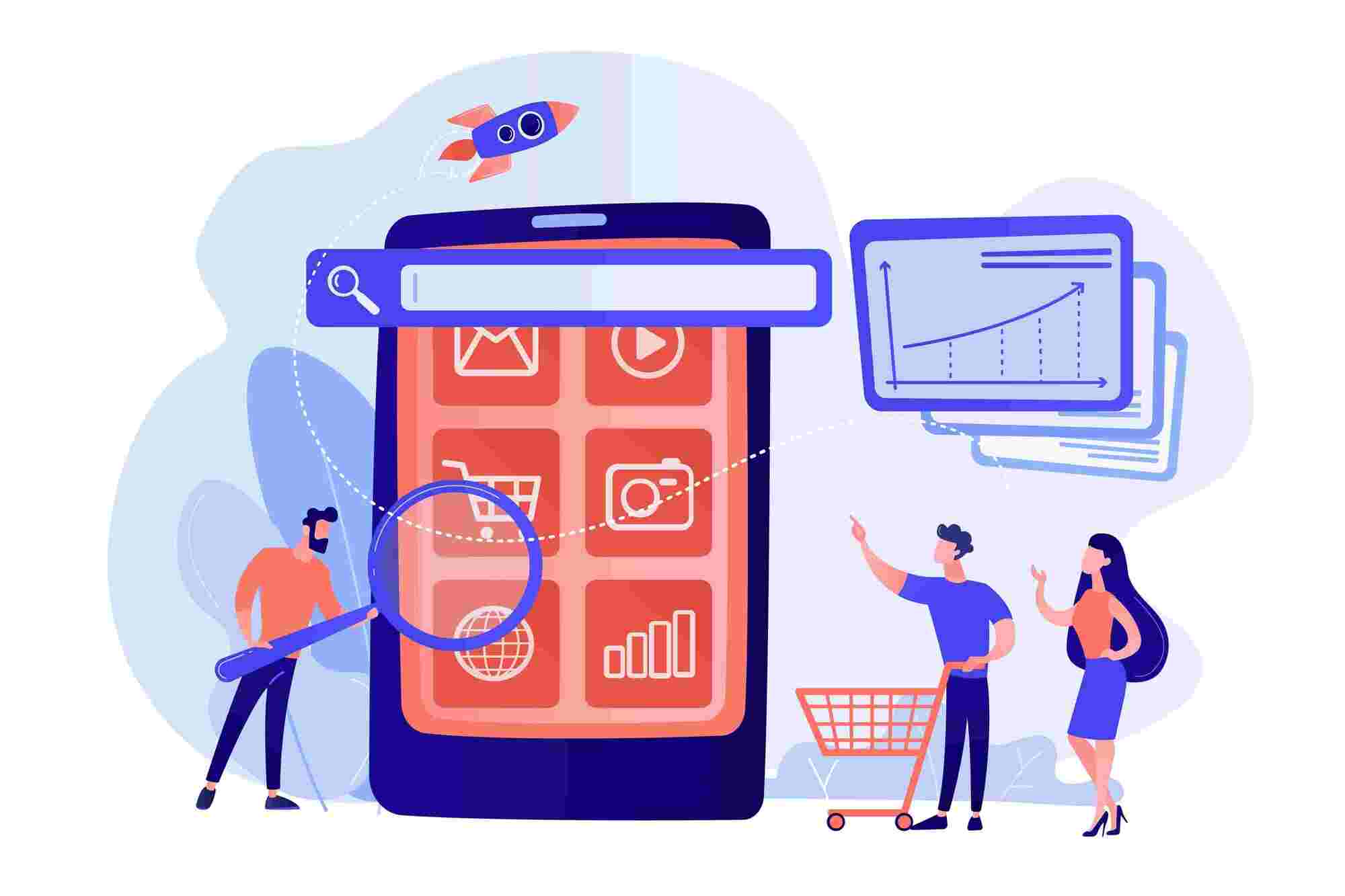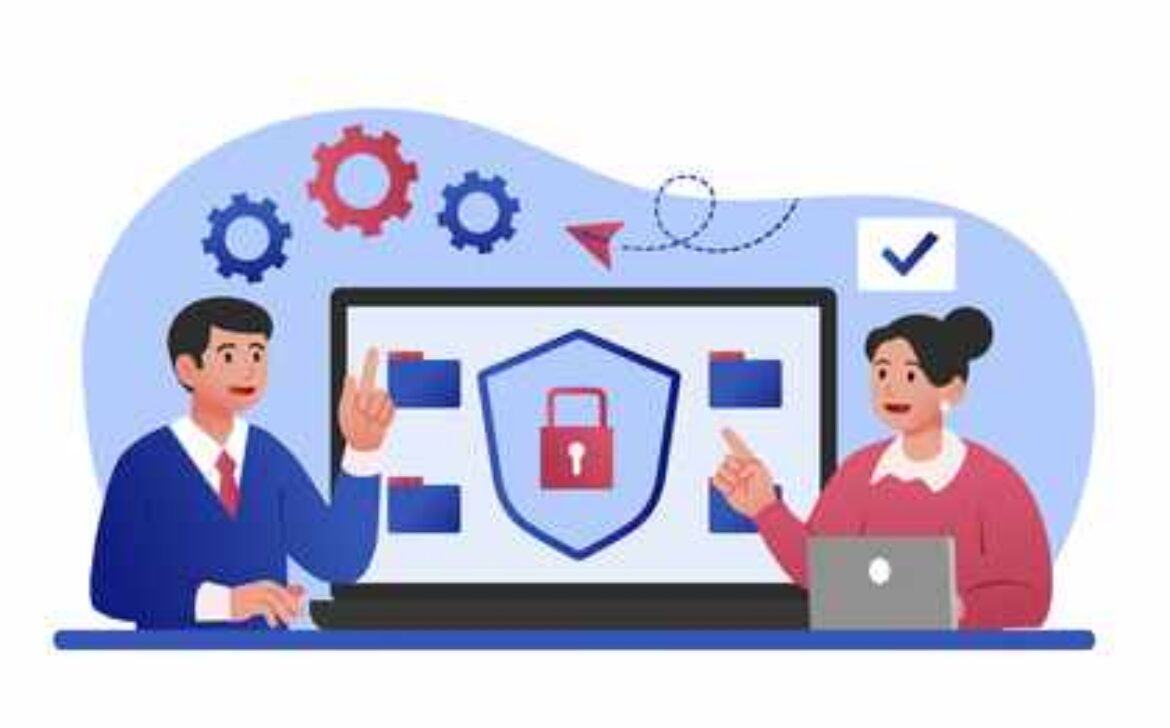Cloud computing has emerged as a revolutionary technology, transforming the way businesses and individuals utilize and manage their digital resources. This article explores the concept of cloud computing and its impact on various aspects of our lives. From cost savings to increased collaboration, cloud computing has become an essential tool for organizations and individuals alike.
In today’s digital age, cloud computing has become a buzzword, but what exactly does it mean? Cloud computing refers to the delivery of computing services over the internet, allowing users to access and utilize resources such as storage, servers, and software on-demand, without the need for local infrastructure or physical hardware. This technology has gained popularity due to its numerous benefits and the potential it holds for businesses and individuals.
-
Benefits of Cloud Computing
1. Cost savings
One of the primary advantages of cloud computing is the potential for cost savings. By utilizing cloud services, businesses and individuals can avoid hefty upfront investments in hardware and software infrastructure. Instead, they can pay for the services they need on a subscription basis or as they go, significantly reducing capital expenditures. Moreover, cloud computing eliminates the need for in-house IT maintenance, saving organizations valuable time and resources.
2. Scalability and flexibility
Cloud computing provides unparalleled scalability and flexibility. Businesses can easily scale their resources up or down, depending on their needs, without the hassle of purchasing and configuring additional hardware. This agility allows organizations to adapt quickly to changing market conditions and accommodate increased workload demands during peak periods.
3. Increased collaboration
Cloud computing enables seamless collaboration among team members, regardless of their geographical locations. Through cloud-based tools and applications, teams can work on shared documents, update files in real-time, and communicate effectively. This level of collaboration enhances productivity and fosters innovation by promoting knowledge sharing and teamwork.
4. Improved data security
Data security is a critical concern for businesses and individuals alike. Cloud computing offers robust security measures, including encryption, firewalls, and access controls, ensuring that sensitive information remains protected. Cloud service providers employ advanced security protocols and regularly update their systems to defend against evolving cyber threats. Additionally, cloud backups provide an extra layer of protection, reducing the risk of data loss due to hardware failures or disasters.
-
Applications of Cloud Computing
Cloud computing has found its applications in various domains, providing solutions that cater to specific needs. Some of the popular applications include:
1. Cloud storage and backup
Cloud storage services such as Dropbox, Google Drive, and Microsoft OneDrive have become household names. These services allow individuals and businesses to store and access their files securely from any device with an internet connection
2. Software as a Service (SaaS)
Software as a Service (SaaS) is a cloud computing model that delivers software applications over the internet. Instead of purchasing and installing software on individual devices, users can access applications through a web browser. This eliminates the need for complex installations and updates, as the software is maintained and upgraded by the service provider. Popular examples of SaaS include customer relationship management (CRM) software like Salesforce, collaboration tools like Slack, and project management platforms like Asana.
3. Infrastructure as a Service (IaaS)
Infrastructure as a Service (IaaS) provides virtualized computing resources over the internet, including servers, storage, and networking capabilities. With IaaS, businesses can avoid the costs and complexities of managing physical infrastructure while gaining the flexibility to scale resources as needed. Cloud service providers like Amazon Web Services (AWS), Microsoft Azure, and Google Cloud Platform (GCP) offer IaaS solutions that empower organizations to build and deploy their own applications and manage their infrastructure efficiently.
I am text block. Click edit button to change this text. Lorem ipsum dolor sit amet, consectetur adipiscing elit. Ut elit tellus, luctus nec ullamcorper mattis, pulvinar dapibus leo.
-
Cloud Computing in Business
1. Small and medium-sized enterprises (SMEs)
Cloud computing has leveled the playing field for small and medium-sized enterprises (SMEs). Previously, these businesses faced limitations due to budget constraints and limited IT resources. However, with cloud computing, SMEs can access enterprise-level technologies and services at affordable prices. They can leverage cloud-based solutions for tasks such as data storage, customer relationship management, collaboration, and more. This empowers SMEs to compete with larger organizations and expand their capabilities without significant investments.
2. Enterprise-level organizations
Enterprise-level organizations also benefit from cloud computing. By migrating their infrastructure to the cloud, these organizations can streamline their operations, reduce costs, and improve efficiency. Cloud services provide the scalability and flexibility required to handle large workloads and fluctuating demands. Enterprises can leverage cloud resources for data analytics, machine learning, and other computationally intensive tasks. Cloud-based solutions also facilitate remote work and collaboration among geographically dispersed teams.
3. Cloud computing and digital transformation
Cloud computing plays a vital role in the digital transformation of businesses. It enables organizations to modernize their IT infrastructure, adopt agile methodologies, and embrace innovative technologies. Cloud-based services facilitate the integration of new applications, data analytics, and artificial intelligence, driving business growth and competitive advantage. By leveraging cloud computing, businesses can stay ahead in the digital era and respond quickly to market changes and customer demands.
I am text block. Click edit button to change this text. Lorem ipsum dolor sit amet, consectetur adipiscing elit. Ut elit tellus, luctus nec ullamcorper mattis, pulvinar dapibus leo.
-
Cloud Computing for Individuals
1. Personal file storage and synchronization
Cloud storage services have become an essential part of individuals’ digital lives. People can store their photos, videos, documents, and other files in the cloud, eliminating the need for physical storage devices. Cloud storage services offer synchronization across multiple devices, allowing users to access their files from smartphones, tablets, and computers. This convenience ensures that important files are accessible anytime, anywhere, and from any device with an internet connection.
2. Streaming services
Streaming services have revolutionized the entertainment industry, thanks to cloud computing. Platforms like Netflix, Spotify, and Amazon Prime Video deliver movies, TV shows, music, and other content directly over the internet. Cloud-based streaming eliminates the need for physical media and allows users to enjoy a vast library of content on-demand. Cloud infrastructure enables seamless streaming, providing high-quality video and audio experiences without buffering or interruptions.
3. Remote work and productivity tools
Cloud computing has played a significant role in facilitating remote work and boosting productivity. Cloud-based collaboration tools such as Microsoft Office 365, Google Workspace, and Slack enable teams to work together efficiently regardless of their physical locations. These tools provide real-time document editing, video conferencing, instant messaging, and project management features. With cloud-based productivity tools, individuals can collaborate seamlessly, share files, and communicate effectively, enhancing productivity and enabling remote work arrangements.
-
Challenges and Considerations
While cloud computing offers numerous benefits, it’s important to consider the challenges and potential drawbacks associated with its implementation.
1. Security and privacy concerns
The security of data stored in the cloud is a critical concern. Organizations and individuals need to ensure that proper security measures are in place to protect their sensitive information from unauthorized access or data breaches. It is essential to choose reputable cloud service providers that implement robust security protocols and adhere to industry standards and regulations. Encrypting data, implementing strong access controls, and regularly monitoring and updating security measures are crucial steps to mitigate security risks.
2. Reliance on internet connectivity
Cloud computing heavily relies on internet connectivity. A stable and reliable internet connection is essential for accessing and utilizing cloud services effectively. However, in areas with limited internet infrastructure or unreliable connections, accessing cloud resources may pose challenges. It is important to assess the internet connectivity and bandwidth requirements before fully embracing cloud computing solutions, especially for mission-critical applications.
3. Vendor lock-in
Adopting cloud services often involves relying on a specific cloud service provider and their proprietary platforms and technologies. This can result in vendor lock-in, making it difficult to switch to another provider or migrate to a different cloud environment. Organizations and individuals should carefully consider the long-term implications and potential exit strategies when selecting cloud service providers. Planning for portability and interoperability can help mitigate the risks associated with vendor lock-in.
-
Future Trends in Cloud Computing
Cloud computing continues to evolve, and several exciting trends are shaping its future. Some notable trends include:
1. Edge computing
Edge computing brings computing resources closer to the source of data generation, reducing latency and improving real-time processing capabilities. By processing data at the edge of the network, closer to where it’s generated, edge computing enables faster response times and supports applications that require real-time analytics and decision-making. This trend is particularly relevant in scenarios involving Internet of Things (IoT) devices, autonomous vehicles, and smart cities.
2. Artificial Intelligence (AI) integration
The integration of cloud computing with artificial intelligence (AI) is transforming various industries. Cloud platforms provide the necessary computational power and resources to train and deploy AI models at scale. AI algorithms leverage cloud-based data storage and processing capabilities to derive valuable insights, automate tasks, and enhance decision-making. The combination of cloud computing and AI is driving innovation in fields like healthcare, finance, marketing, and more.
3. Serverless computing
Serverless computing, also known as Function as a Service (FaaS), allows developers to focus solely on writing and deploying code without worrying about managing underlying infrastructure. In serverless architecture, cloud providers handle the infrastructure and automatically scale resources based on demand. This approach offers cost efficiency, as users only pay for the actual compute time and resources used. Serverless computing simplifies development processes, reduces operational overhead, and accelerates time-to-market for applications and services.
Cloud computing has become a game-changer, empowering businesses and individuals with its cost-saving benefits, scalability, collaboration capabilities, and improved data security. It has revolutionized the way organizations operate and has provided individuals with convenient access to storage, streaming, and productivity tools. While challenges such as security and vendor lock-in exist, the future of cloud computing looks promising with emerging trends like edge computing, AI integration, and serverless computing.
Embracing cloud computing enables businesses and individuals to stay agile, innovative, and competitive in the digital era. However, it is essential to carefully evaluate security measures, consider internet connectivity limitations, and plan for potential vendor lock-in when adopting cloud solutions.


